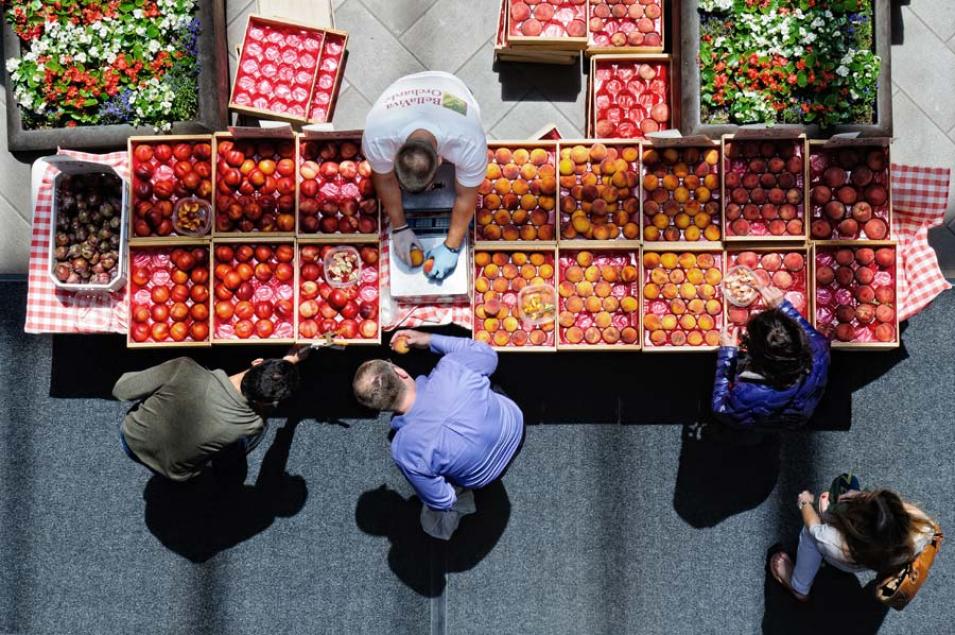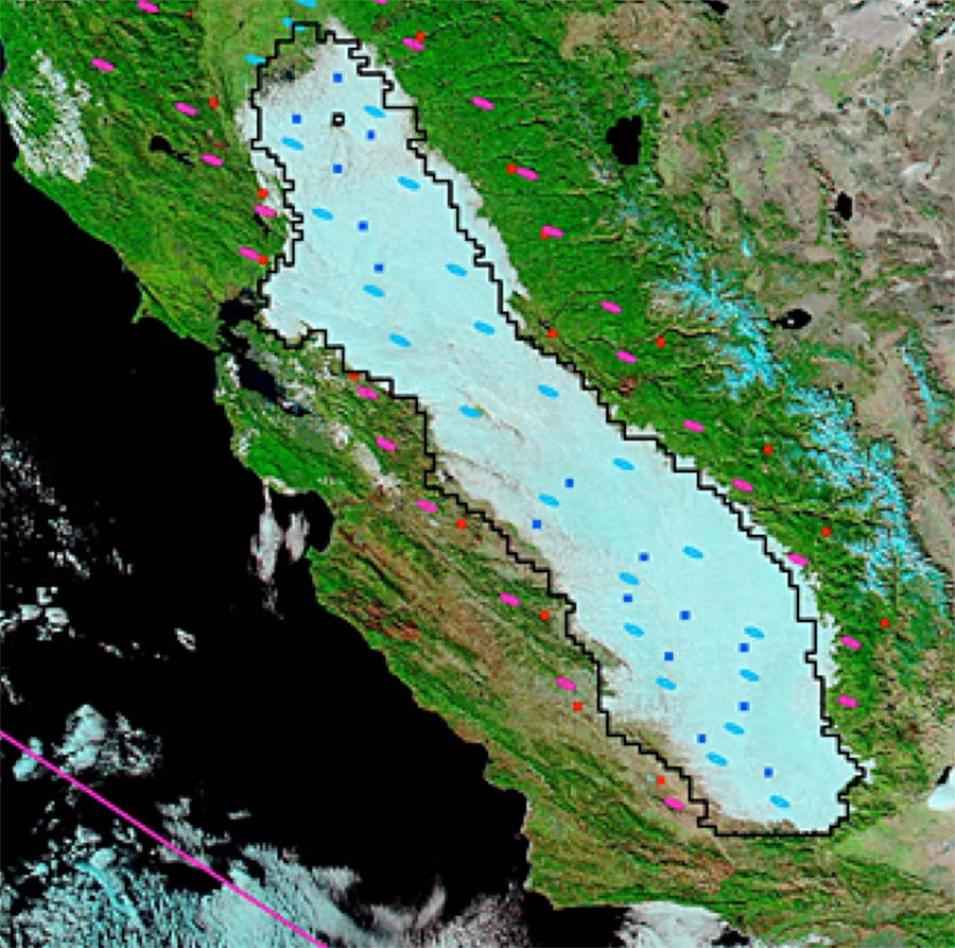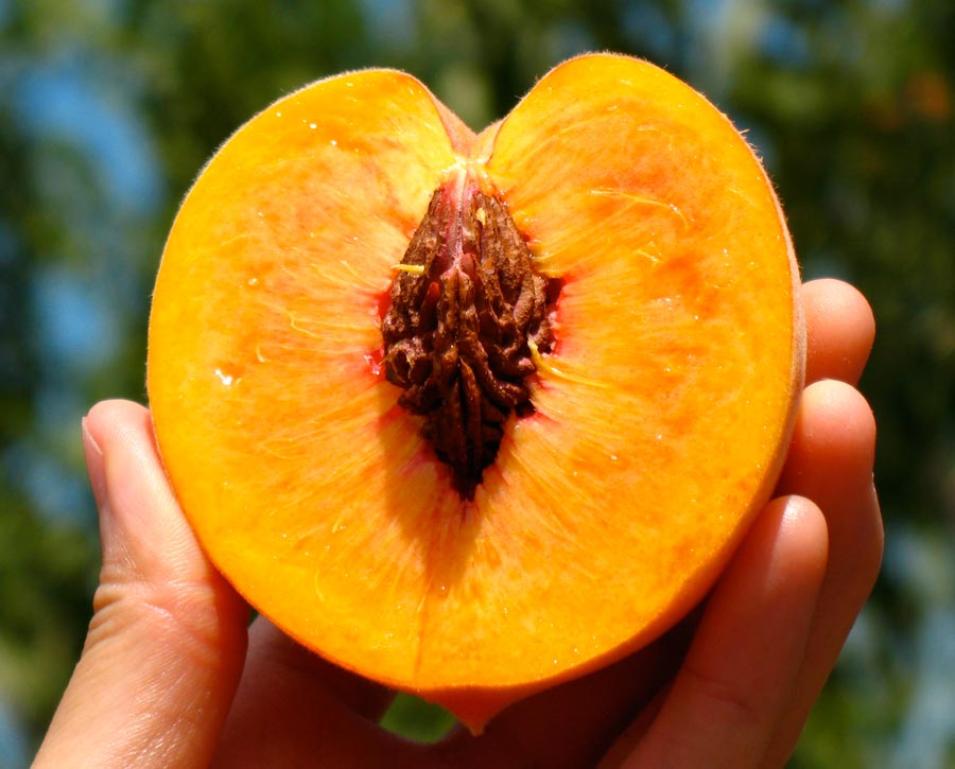Thick and sluggish, fog just about covers everything in California’s Central Valley during the winter months. “As a kid, I thought the whole world was foggy in the winter,” said biometeorologist Dennis Baldocchi. “Then in high school, my friends took me hiking along Mt. Diablo Range and, oh my God it was sunny! I got above the fog and it was a different world.”
Now living in somewhat sunnier Berkeley, Baldocchi studies the connections between agriculture and climate. Several years ago he noticed that more farmers were asking him what was up with the fog. That included his father, who had been growing almonds and walnuts in the Central Valley for decades. “My dad was noticing a lot less fog than usual,” Baldocchi said.
If fog is indeed dwindling, that is a huge concern to hundreds of farmers in one of the richest agricultural lands in the world. For decades, fog has protected certain crops from frying in the hot California sun. Less fog in the Central Valley would have implications for the entire country since California produces 95 percent of U.S. fruit and nut crops. Billions of dollars are also at stake, as the United States is the world’s largest exporter of nuts.




